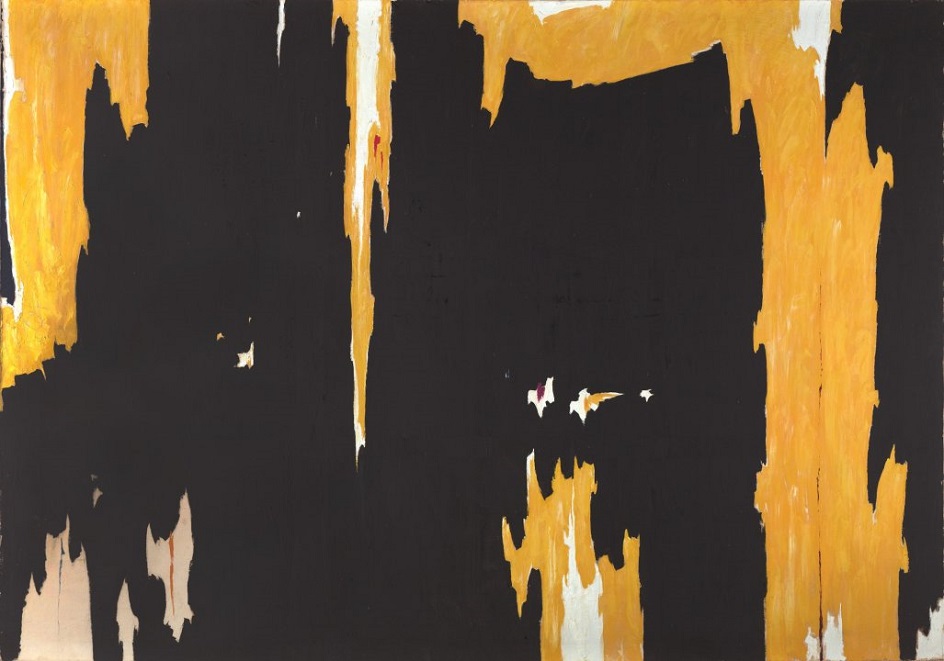Abstract expressionism is the most famous American style of contemporary painting. First, let’s deal with the abstract expressionism definition in art.
Abstract expressionism is a movement in the visual arts of the mid-twentieth century, which is characterized by the spontaneous display of the artist`s own inner world and emotional experiences. Adherents of abstract expressionism in their works relied on the unconscious, free from the original logic and mind control of creativity, altogether abandoning the image of real-world objects.
Abstract expressionism cannot be called a homogeneous artistic movement. This direction combines a wide variety of styles, methods, and techniques that its supporters used.

Abstract expressionism as a fully formed trend in painting appeared only in the 40s of the twentieth century, but its origins in world culture can be found much earlier. For the first time, this term was presented to the general public on the pages of the magazine Der Sturm to refer to the artistic style of the German expressionists back in 1919.
And 10 years later, the first director of the New York Museum of Modern Art Alfred Barr applied this term in relation to the work of the founder of abstractionism Wassily Kandinsky. But then the name did not take root in art circles.
Abstract expressionism has many stylistic coincidences with various avant-garde movements of the early twentieth century. In terms of the emotional intensity of the works, it is close to German expressionism, futurism, and synthetic cubism. The movement borrowed from surrealism the desire for a spontaneous display of the depths of the subconscious.

In the early 1940s in the United States, there were obvious prerequisites for the emergence of a new artistic movement. In those days, fleeing Nazi persecution, many prominent European avant-garde artists settled in America, who had a noticeable influence on the worldview of local masters of painting.
The outbreak of World War II led to a crisis of traditional human values, including in the field of fine arts. This was reflected in creative personalities, many of whom began to look for new, revolutionary ways of self-expression.
The cradle of the new art movement, abstract expressionism was New York, where most of the future founders of abstract expressionism lived and worked. In 1948, 15 like-minded painters united and staged a boycott of an exhibition at the Museum of Modern Art. Life magazine journalists called the rebels The Irascibles, and critics – abstract expressionists.
Since its inception, the new movement has been very heterogeneous. Jackson Pollock became the founder of “Action Painting”, Willem de Kooning preferred to work in the manner of grotesque figurative art, and Mark Rothko invented “Color Field Painting”. These artistic techniques differ significantly from each other from an aesthetic point of view, but they are united by common goals and ideas, as well as the ultimate immediacy of the author’s self-expression.
Thanks to abstract expressionism, New York eventually became one of the most influential centers of the world’s fine arts. The movement gained many followers in Europe, but most of its supporters lived and worked in the United States.
Abstract expressionism did not remain in the center of attention of the world public for a long time. By the end of the 1950s, interest in abstract expressionism disappeared, and the work of supporters ceased to attract critics. But it had a huge impact on subsequent generations of artists and became a reliable foundation for modern American art.

























